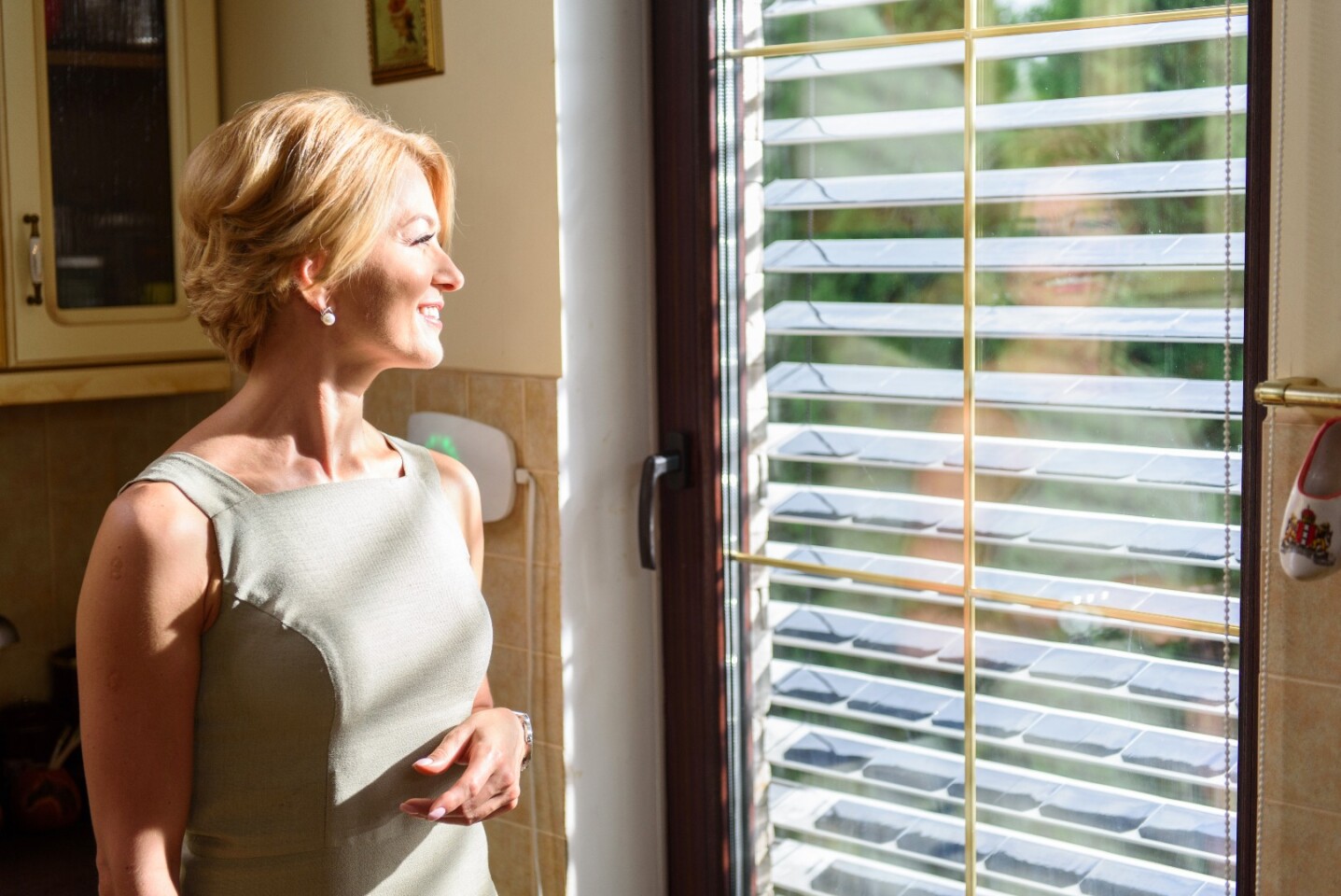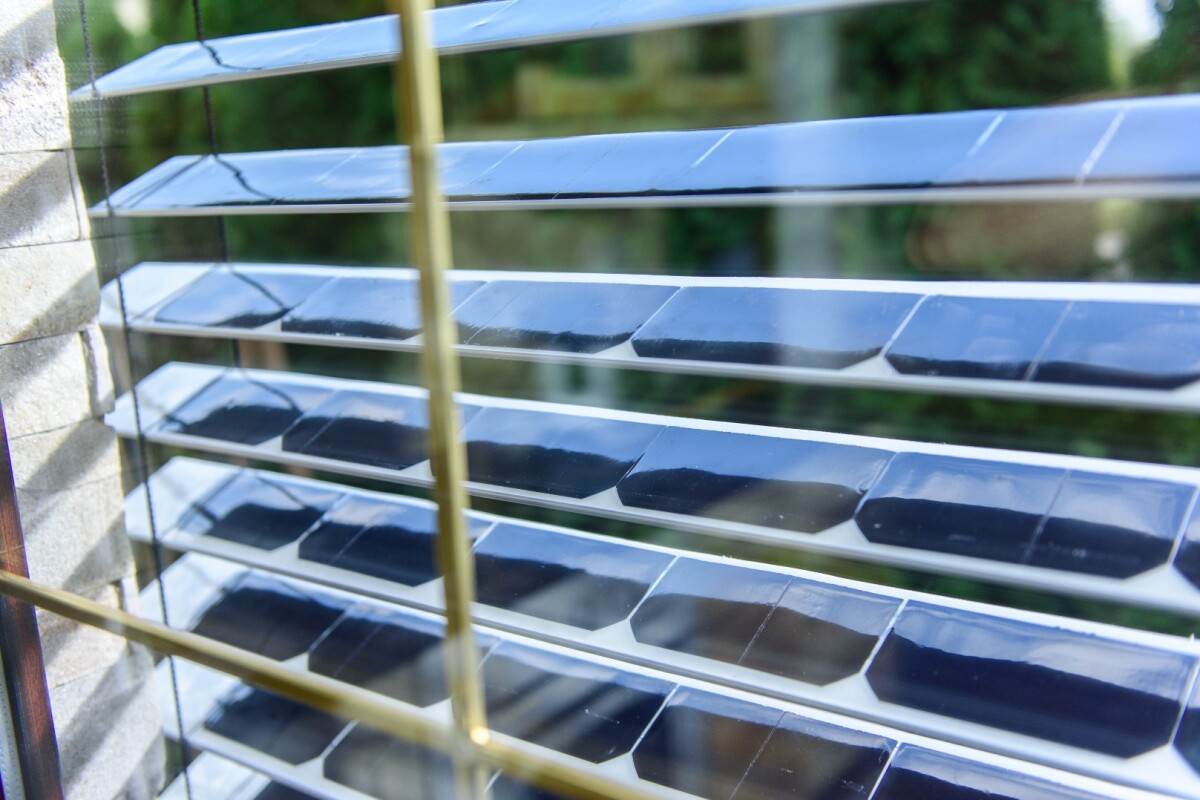Regular window blinds already help people to save electricity – by keeping incoming sunlight from heating a room up, they reduce the need to run an air conditioner. SolarGaps, however, take things a step further. Each slat is equipped with an array of monocrystalline solar panels, which generate electricity via the very sunlight that they're blocking. Additionally, the blinds use a light sensor to track the sun, automatically changing the angle of the slats in oder to best absorb its rays.
Invented by entrepreneur Yevgen Erik, SolarGaps are reportedly able to generate up to 100 watt-hours of energy for every square meter when mounted on the outside of a window, or up to 50 watt-hours when mounted inside.
The energy that they produce can be fed into the municipal grid and sold to the local utility company, stored in a battery for later use, or it can be used as it's being generated, for purposes such as charging electronic devices.

Although the slats do automatically change their angle to track the sun, the blinds can also be manually operated via an iOS/Android app. Not only does the software allow users to open and close the blinds at will, but it also lets them set the blinds on a schedule, monitor how much energy they're producing, or even set them so that they open whenever someone enters the room (they have a built-in motion sensor).
If you're interested in getting some SolarGaps, they're currently the subject of a Kickstarter campaign. A pledge of $390 will get you an extra-small set of the blinds, when and if they reach production. The planned retail price is $783, with prices going up accordingly for larger sizes.
Source: Kickstarter






